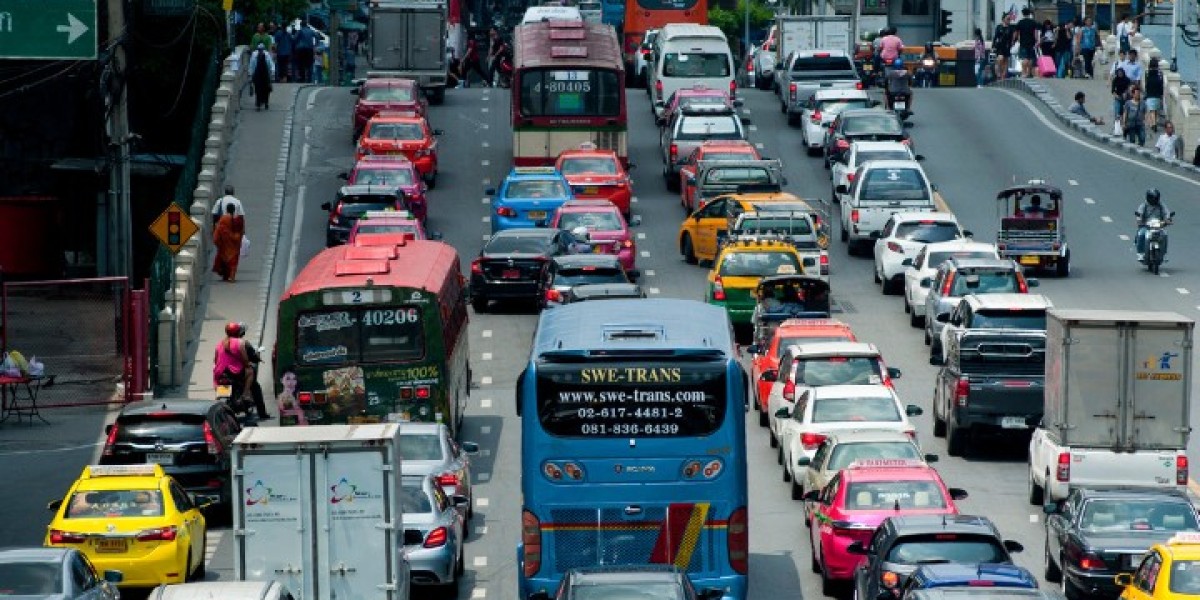In this guide, we outline a step-by-step approach to developing an effective traffic management strategy for your project site.
Assess Your Site and Traffic Conditions
Before creating a traffic control plan, it’s essential to understand the specific conditions of your project site. Consider the following:
Evaluate Traffic Volume
Identify peak traffic hours, vehicle types, and pedestrian movement in the area. High-traffic locations require more robust control measures, including additional signage or traffic controllers.
Analyse Site Layout
Map out the site layout, including entry and exit points, storage areas, and locations of heavy machinery. Understanding spatial constraints ensures that your traffic plan accommodates both vehicles and workers safely.
Identify Potential Hazards
Look for areas prone to congestion, blind spots, or high pedestrian activity. Identifying these hazards early helps in designing strategies to mitigate risk effectively.
Define Traffic Control Measures
Once you’ve assessed the site, the next step is to determine the measures necessary to manage traffic safely.
Signage and Road Markings
Clear, visible signs are essential for guiding motorists and pedestrians. Use regulatory, warning, and directional signs to provide advance notice of detours, lane closures, and speed restrictions.
Barriers and Cones
Physical barriers such as bollards, cones, or temporary fencing prevent unauthorized access to hazardous areas and direct the flow of vehicles safely around the site.
Traffic Controllers
For complex sites or areas with high vehicle-pedestrian interaction, trained traffic controllers are invaluable. They can manage traffic flow in real time, ensuring safety while maintaining efficiency.
Develop a Detailed Traffic Management Plan
A comprehensive traffic management plan should clearly outline all procedures and responsibilities.
Document Traffic Routes
Include a detailed map showing entry and exit points, designated pedestrian paths, vehicle routes, and temporary detours. Ensure that all stakeholders, including contractors and local authorities, have access to this map.
Schedule Work Around Traffic
Where possible, plan high-risk activities during off-peak hours to minimize disruption. Coordination with local authorities can help ensure compliance with road regulations.
Emergency Procedures
Include protocols for handling accidents, equipment malfunctions, or sudden traffic congestion. This may involve contacting emergency services, temporarily rerouting traffic, or activating additional control measures.
Train Your Team and Communicate Effectively
Even the best traffic control plan is ineffective without proper training and communication.
Staff Training
All personnel involved in traffic management should receive training on procedures, equipment usage, and safety protocols. Regular refreshers help maintain high safety standards.
Stakeholder Communication
Notify residents, businesses, and authorities about expected traffic changes. Clear communication helps reduce frustration and ensures everyone is aware of alternative routes or delays.
Monitor, Review, and Adjust
Traffic conditions and site requirements may change during a project. Regular monitoring allows for adjustments that maintain safety and efficiency.
Continuous Observation
Regularly check that signs, barriers, and traffic controllers are functioning correctly. Identify new hazards as the project evolves.
Review Feedback
Collect input from workers, traffic controllers, and the public to identify areas for improvement. Updating the plan based on real-world observations ensures ongoing effectiveness.
In Summary
Creating a safe and efficient traffic control plan is vital for project sites of all sizes. By assessing your site, defining appropriate measures, documenting procedures, training your team, and regularly reviewing the plan, you can minimize risks and maintain smooth traffic flow. A proactive, well-structured approach not only protects workers and the public but also contributes to the overall success of your project.
Managing traffic around construction or project sites is a critical aspect of ensuring safety for workers, pedestrians, and motorists. A well-structured traffic control plan helps prevent accidents, minimize disruptions, and maintain smooth traffic flow.






